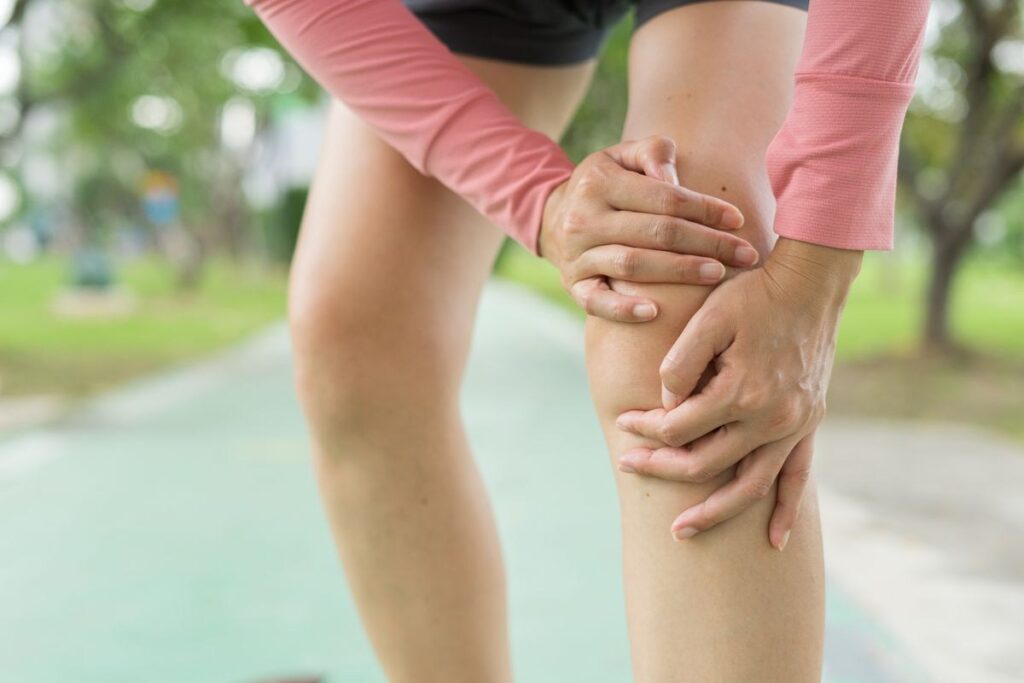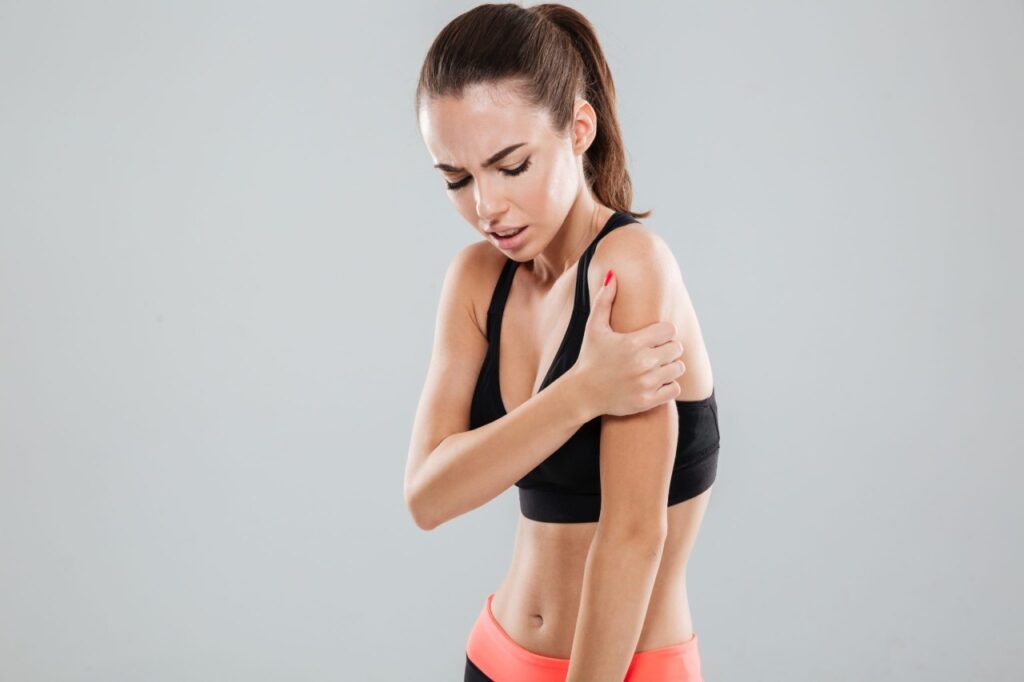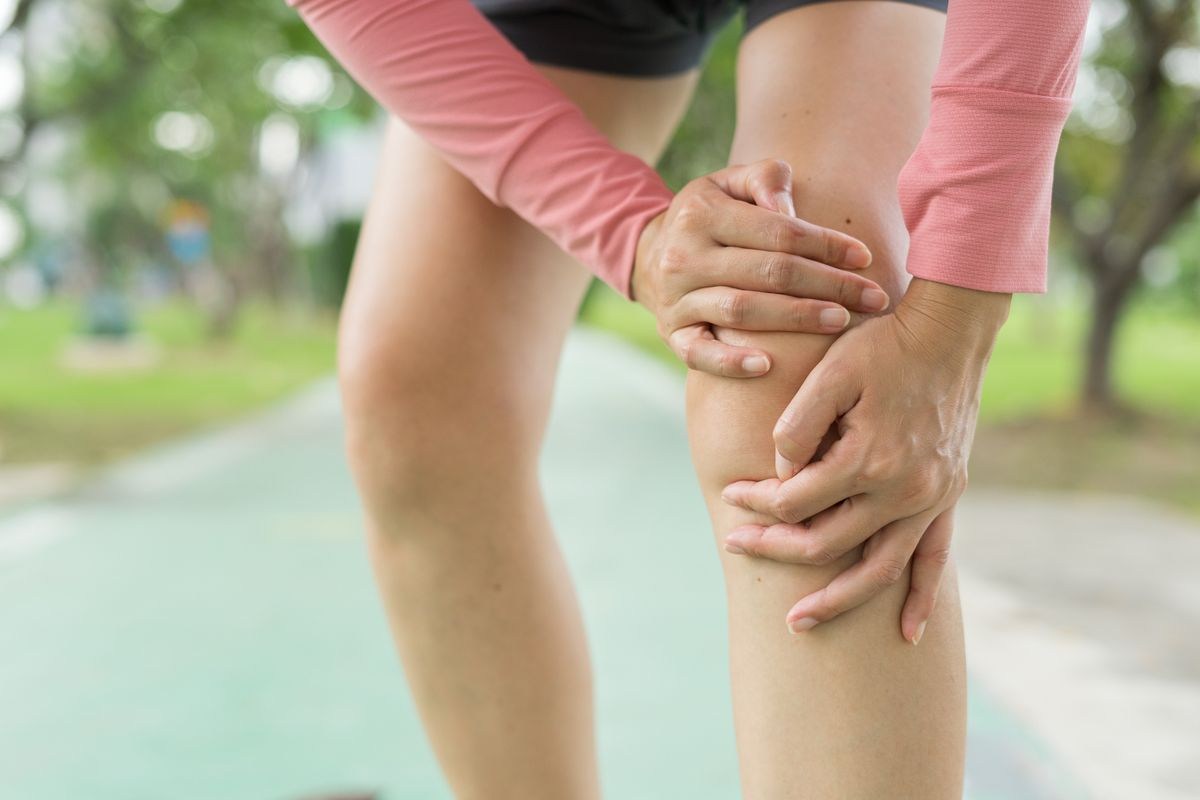There are several approaches that may be taken to properly control it. Let’s go through some of those beneficial methods, as well as where you may go in Texas for excellent and long-lasting pain treatment from a competent specialist.
Strengthen the muscles around painful joints:
Even little activity, such as walking or casual cycling, can help to strengthen the muscles surrounding an arthritic joint, resulting in increased mobility and reduced discomfort. When your muscles are strong, they absorb part of the pressure that would otherwise be delivered directly on the joint, such as your knees when walking. In other words, the impact is divided more equally throughout the muscles.
Practice non-impact cardio:
Callisthenics improves muscular endurance and increases heart rate without putting unnecessary strain on your joints. Riding a stationary bicycle (“spinning”) is an excellent example of low-impact cardio exercise.
Avoid overdoing physical activities:
Excessive physical activity at home or at work should be avoided. Avoid bending, kneeling, or lifting excessively. If possible divide your physical tasks between all days of the week rather than doing everything in one day.
Do not climb up and go downstairs frequently:
If you have major pain in your hips or knees, avoid climbing and descending stairs often. It’s also a good idea to take one step at a time. Step up on one stair, then put your other leg on the same stair. Then go to the next steps in the same manner. This relieves some of the pressure on the knees.
Over-the-counter medication:
OTC medicine, when used as explained, can help reduce mild joint discomfort. Do not take too much if you find yourself needing to take this prescription on a daily basis, consult a pain expert about alternatives that will not cause liver damage or other complications that can arise from using too much pain medication.

Hot and cold therapy:
Heat relaxes the muscles around a painful joint, but if the joint is already heated and inflamed, use a cold pack instead, using a cloth or thin towel between the pack and your skin. Heat therapy improves blood flow and circulation, whereas cold therapy improves blood flow, swelling, inflammation, and nerve function.
Use a mobility aid:
To reduce strain on the afflicted joint, use a mobility aid. A cane, crutch, or walker can assist in relieving tension on a hurting knee or hip joint. Use the cane or crutch on the other side of your body to the injured joint.
Maintain a healthy weight for your height and build:
Eat a nutritious diet and exercise frequently to avoid putting extra strain on your knees and hips.
Avoid potential hazards in your home:
There are actions you may do to get around your house more securely and conveniently if you have an arthritic joint. These precautions include installing grab bars in the bathroom, keeping good lighting throughout, securing rugs to the floor (or removing them if they are a tripping hazard), and exercising caution when getting in and out of bed in the dark – all of the possible actions which will help prevent a fall or other accident.

Find ways to relieve stress:
Stretching, meditation, and mindful breathing are all activities that can help relax your body and make your arthritic joints feel better.
For quality treatment of your joint pain visit Texas Specialty Clinics, our specialists are well-experienced in treating joint pain conditions, call us now.

